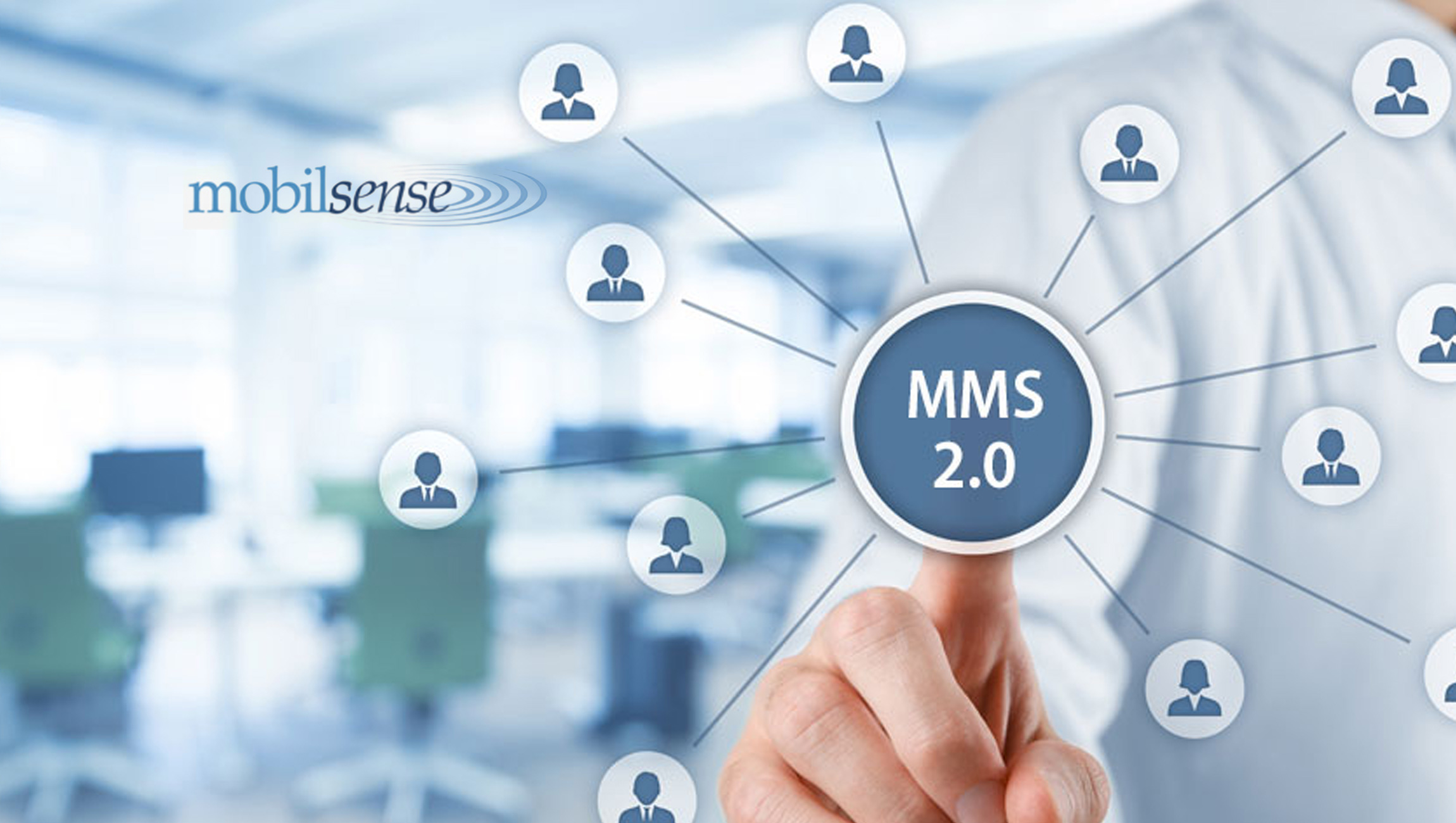Bringing Your Business Online to Meet Your Employees and Customers
 Gartner’s definition of a digital workplace is one that “enables new, more effective ways of working; raising employee engagement and agility; and exploits consumer-oriented styles and technologies.”
Gartner’s definition of a digital workplace is one that “enables new, more effective ways of working; raising employee engagement and agility; and exploits consumer-oriented styles and technologies.”
Because many of the world’s most successful companies have decentralized teams, solutions that facilitate digital collaboration are critical.
Slow applications can dampen productivity, discourage digital collaboration and lead to siloed departments – even in companies without a dispersed workforce. One of those such applications is email, which is undoubtedly a foundational element of workplace communication. Businesses must optimize its use and make it easier to exchange ideas, messages and documents in a way that saves time, not wastes it.
Employees spend an average of 2.5 hours each day checking email, which dramatically impacts employee productivity. But there are ways to cut this time down. Look into software solutions that help employees cut down on monotonous tasks – like email – and improve speed and efficiency, especially when doing things like building proposals, creating documents and getting those much-needed final approvals on contracts.
Also Read: Interview with David Kerr, CEO, Octiv
The Buyer’s Journey
The workplace of the future is shaped by the marketplace of the future: everything from how buyers choose goods and services to how they consume them affects how businesses shape and equip their teams. And because creating a seamless customer experience is now the central goal for companies of all sizes, businesses are struggling to keep up with customer demands, employee needs and market changes.
Part of this stems from the fact that consumers are moving to an all-digital buyer’s journey, and businesses are slow to update their processes and systems to reflect this trend.
Technology, mobility and the user experience are both the obstacles businesses face while future-proofing their organizations, and the solutions they must implement in order to succeed in the workplace of the future. In order to meet their customers where they are making their buying decisions, businesses must adopt digital processes and establish a strong online presence.
Because the vast majority of professionals rely on digital solutions and the internet to get work done, offline processes can slow down everything from communication to closing business deals. A functional digital workplace requires companies to introduce processes that take transitions from mobile to desktop seamless.
Even the most innovative companies face obstacles in preparing their teams for the future of work and this digitized buyer journey. Issues like an excess of approval workflows that are scattered offline documents and a backlog of internal communications can lead to slow sales processes, inefficiencies, and inaccuracies.
Also Read: TechBytes with Kathryn Loheide, Vice President, Marketing, Octiv
Analog Workflows
Analog workflows are slowing things down, and companies that aren’t investing in productivity technology are risking degraded data. Companies need to examine their current processes and tech to identify where automation can reduce touchpoints and save time. Most effective tech solutions aren’t plug-and-play, however; they take an investment of both time and resources.
What’s more—the value of engaging and satisfying interactions is as high for employees as it is for the customers they serve. A successful digital workplace and online sales process depend on companies investing in the right technology—and training on that technology—for its team and customers. The result can be a faster, frictionless process from end to end.
Today’s customers expect near-instant responses, personalized on-demand sales content and a seamless buying experience across devices. A cumbersome tech stack can impede progress on both the buyer and seller sides. Businesses must recognize the importance of technology in enhancing the workplace and boosting the bottom line.
Also Read: Scrapping Email: How Millennials are Changing Workforce Communication











